The mother-in-law’s tongue, or snake plant, is a favorite because of its minimal upkeep needs and luscious green foliage. The snake plant was formerly categorized as a member of the genus Sansevieria, but it is now a member of the Dracaena genus.
They possess a greater, over 70 types to select through, but each of them look similarly pointed, have lush foliage, and need equivalent maintenance.
The sultry houseplant is simple to maintain because it thrives under restricted illumination and likes soil that is moist. It will however languish if it neglects to grant the right services, just like any other kind of vegetation.
What critical errors will cause your snake plant to die, then? Discover more underneath! You will also discover the symptoms of various problems and how to resolve issues.
Improper Watering:

The first easiest method to destroy a snake plant is to give it inappropriate irrigation. Though its dense foliage can hold an extensive amount of moisture for subsequent use, it cannot cope with excessively watering like many other succulent species do.
Supplying water to snake plants less frequently compared to various indoor plants is therefore not necessary.
When a plant experiences root decay from excessive irrigation, it becomes unable to consume nourishment and eventually dies. Flexing, loosening, or leaf coloration are some indications. To prevent the base material from becoming too wet, always select planters with openings for draining.
Extract the perennial from the ground, scraping off every inch of its base as you can, if it has rotten roots. After that, trim off any deceased, spongy roots, and implant it again in clean mulch. You might utilize it to save the vegetation via multiplication if its roots are entirely rotted.
Just chop a piece of foliage that is in excellent condition as close to the base as you can, then put it in a container using plenty of fresh water.
Your residence garden may suffer greatly from submerging as well, with thinned and crumpled leaflets being the outcome. Ultimately, the result is a decaying plant with its roots decomposing.
Since snake plants can withstand shortages, species typically bounce back from being submerged rather well. So give the vegetation some extra fluid, and it will likely begin to thrive! Do not forget to trim off unwanted fallen foliage.
Advice: Water your lawn just after the top layer of ground driess from springtime to autumn. Reduce wintertime irrigation to once or twice per month.
Insufficient Brightness:
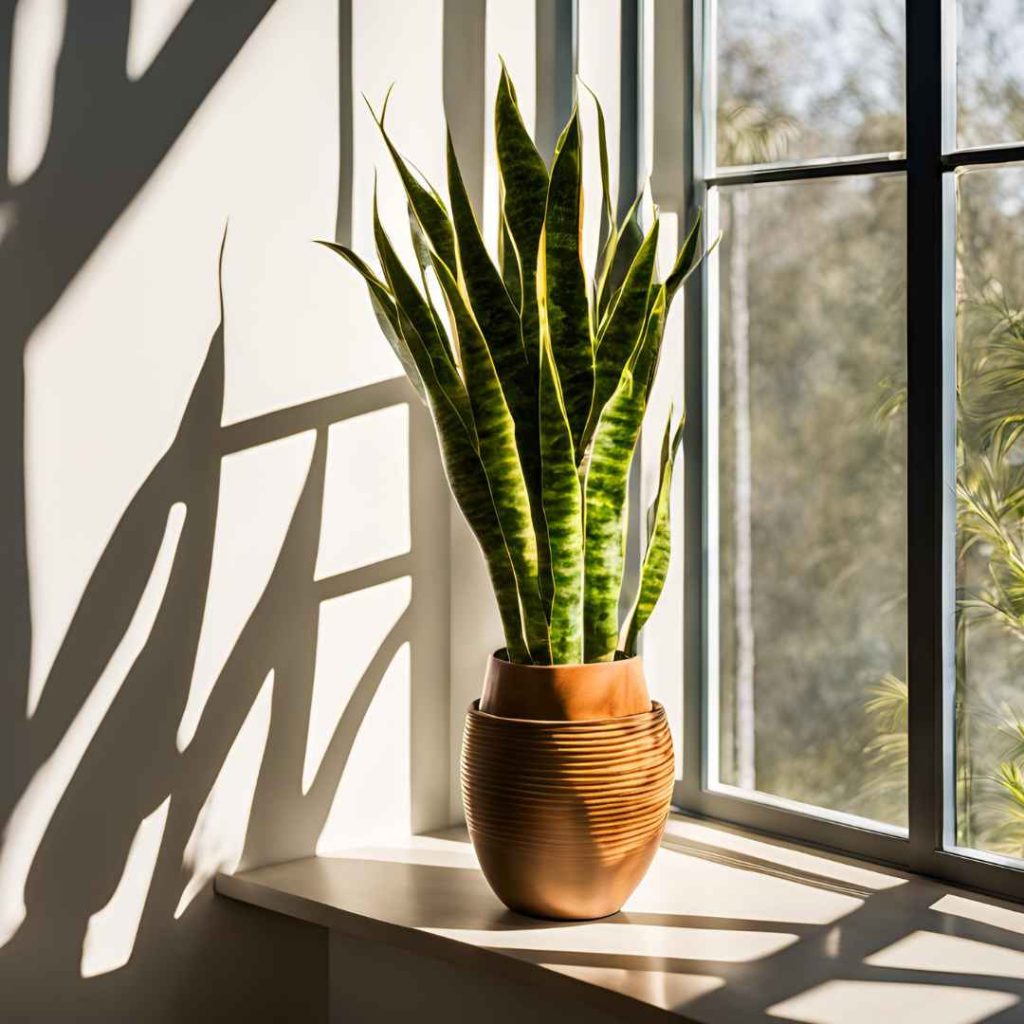
Snake plants can withstand a little protection, however, they prefer strong indirect sunlight. It’s not specifically ideal to store your snake plant in a darkened subterranean because the process of photosynthesis, which is essential for the existence of plants, depends on sunshine. If you see that foliage is getting thinner and the plant isn’t growing, move it somewhere with a brighter environment.
However, the plant cannot withstand the intense heat of direct sunlight. Foliage that receives extensive sunshine becomes burned and distorted. Remove any expired or burned foliage and relocate to a more shaded area to resolve the problem.
Advice: Don’t move the vegetation from one illuminating condition to an alternative in order to prevent stunning it. In all of the preceding week, gradually acclimate the vegetation to its fresh surroundings by subjecting it to increasing or decreasing amounts of light, regardless of your decision to relocate them from somewhere shaded to a sunny place or inversely.
Severe Conditions:
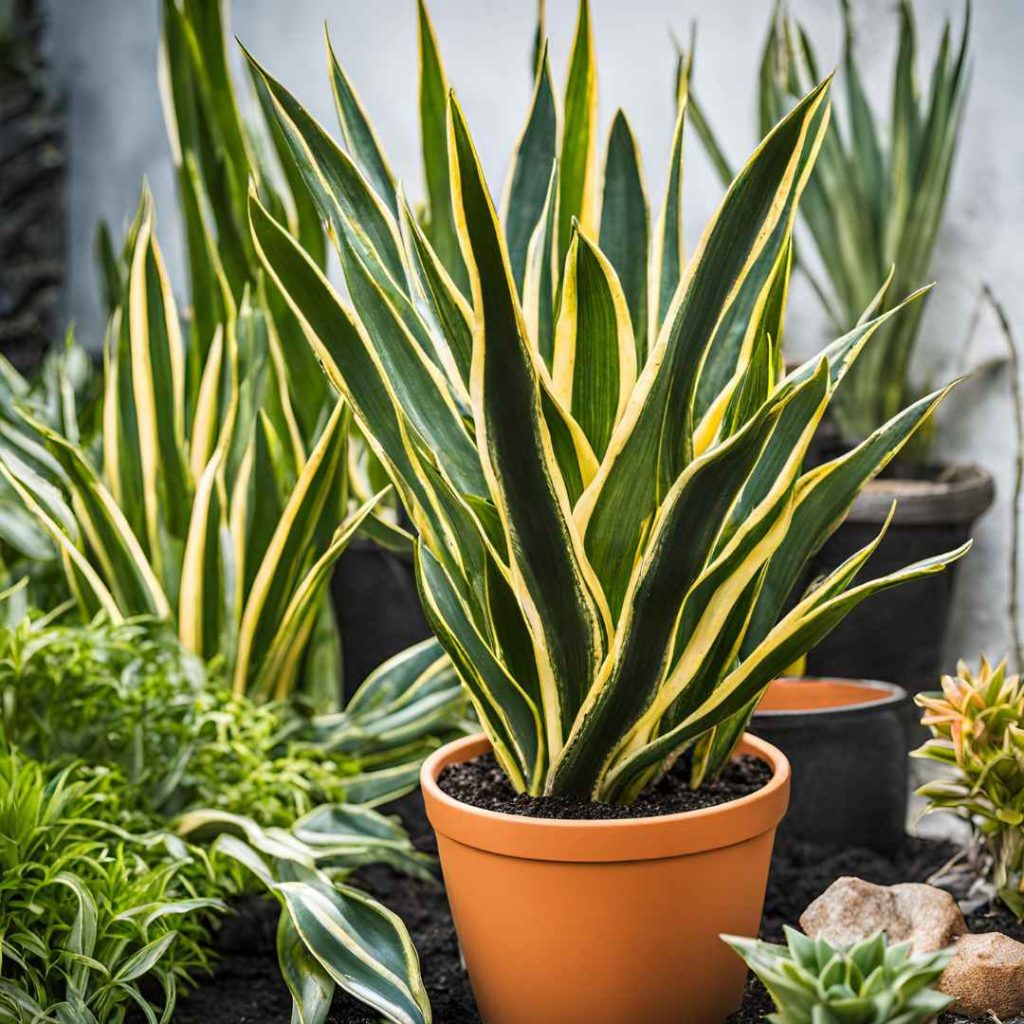
High temperatures may have additional negative consequences on snake plants. Stiff foliage edges and curled or withering foliage are signs of heat exhaustion. Provide it some moisture and relocate to a calmer spot if its substrate is parched. After removing any decaying foliage, let the greenery reposition itself.
However, when a plant experiences cold, its cells solidify and eventually melt, resulting in its death. Fluffy, yellowing leaflets indicate damage from the freeze. Regretfully, your plant will typically not recover if it endures exposure to extremely low temperatures. Discard and double any good-looking foliage you come across.
Generally speaking, relocate your snake plant far from cold windows and maintain it at temps above fifty degrees F. Your damp lavatory is one perfect spot. If you possess a tiny opening, the brightness is ideal and the indoor temperature is ideal as well.
Insufficient Vitamins And Minerals:

Any vegetation can be killed by excessive amounts of vitamins and minerals but so can a shortage of them. Although inadequate fertilization indicates the plant is deficient in nutrients, excessive application may ignite the tender roots and cause decay of the roots.
Take out unwanted dying root systems and greenery from your overfertilized vegetation, then transplant it in a new substrate. If manure is needed, apply it according to the plant’s instructions!
Since snake plants are relatively independent and demand relatively little chemical fertilizers, it is advised to utilize an organic fertilizer that has been diluted.
Advice: Throughout the period of growth, nourish snake plants merely once per month. It occurs throughout the summertime, when vegetation are developing rapidly as well as in need of more nourishment.
Inability To Replanted:
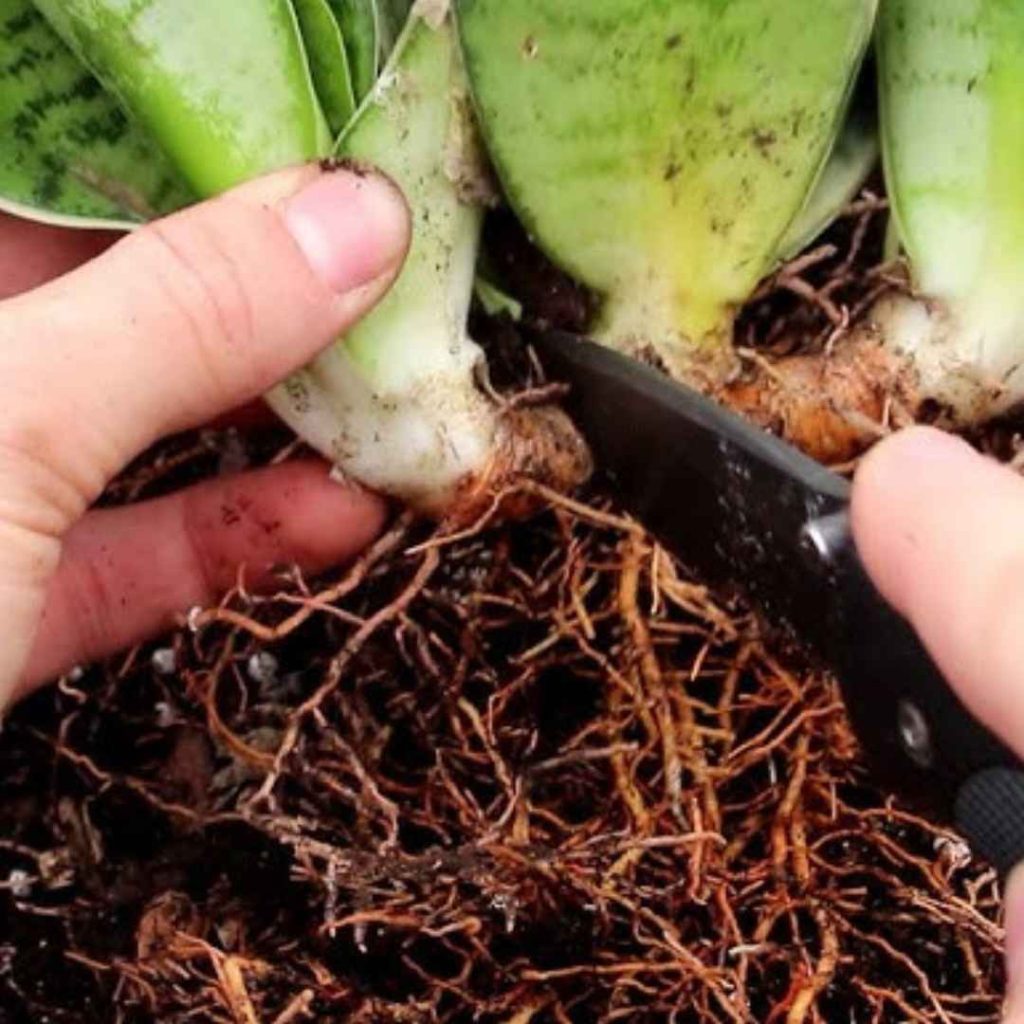
Even though snake plants appreciate being confined to their roots, they occasionally need to be replanted. A clay vessel may cause the vegetation to cease developing or potentially snap over. Additional indicators including origins spilling out of the container and leaflets (ideal for proliferation) dangling across the other side of the plant’s foliage. Luckily, there is an easy way to correct problems.
Use an uncluttered vessel that occupies a size larger than the one you now use. Given that snake plants are concentrated at the top, an extensive variety is ideal. If you are interested in dividing the vegetation, use an accurate pair of cutters to cut the root system short.
After repotting, give the plant plenty of water and place it in new, drainage-friendly loam. Relocating is usually necessary for snake plants every 5 years or more.
Inadequate Drainage:
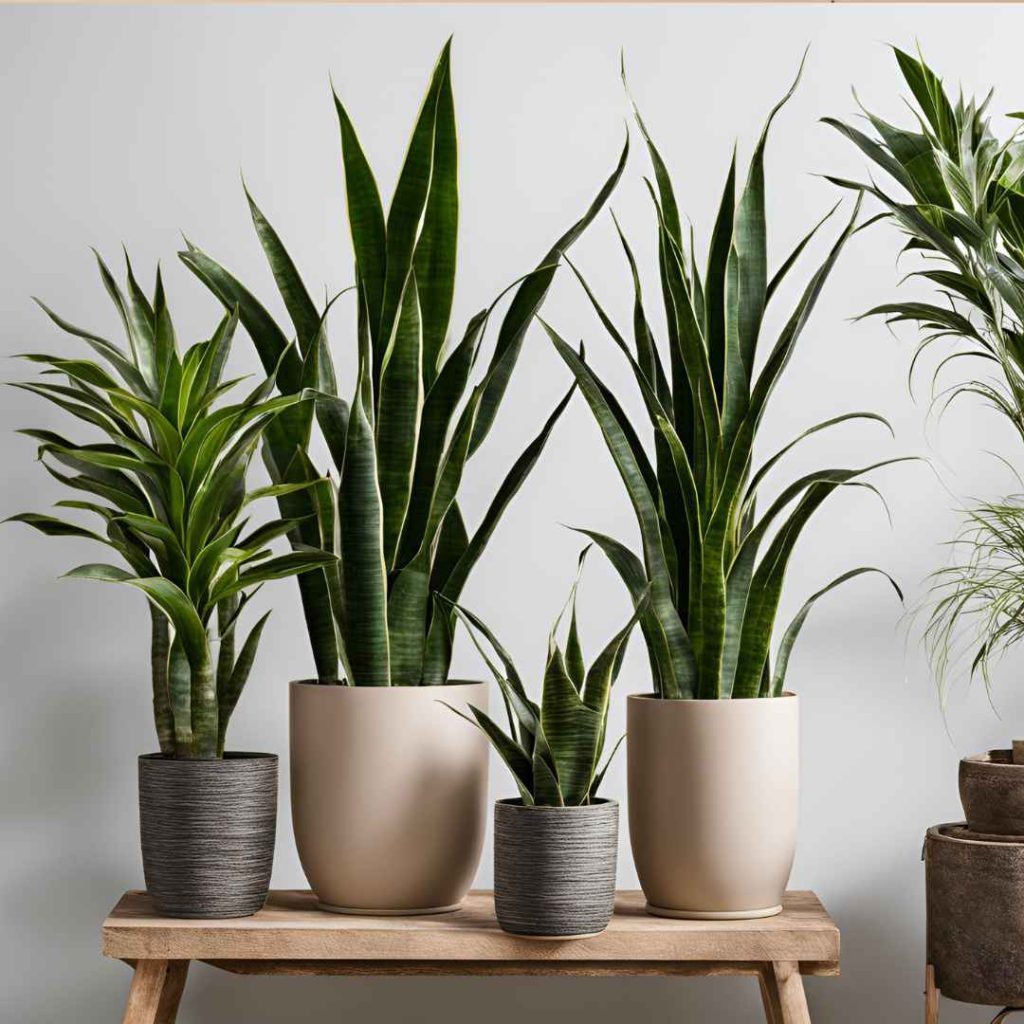
Your snake plants’ containers serve as a sort of venting framework, so it’s essential that they’re planted in high-quality containers if you want them to flourish. If the containers you have now are not exactly on par, get another set that goes with the decor of your dwelling to create the impression that your indoor plants are much more elaborate.
Additionally, the correct type of soil is essentially the fundamental component of the equation to provide an adequate base to feed your snake plant. Be certain that containers contain drainage slots. Utilize loam that drains adequately to avoid the decay of roots.
Gardeners go on to say that one should wait until the snake plant is prepared to go into a larger pot before attempting the move. The origins of snake plants are subterranean and they expand slowly.
Plant caregivers sometimes plant them within over-large planters before they’re prepared, which may cause oversupply or rotting because there’s too much material covering their stems while maintaining them wet.
It is advisable to let snake plants receive root-confined in their initial pots while transplanting into new ones that are merely a little bit bigger in diameter—about one to two inches.
Overindulgence In Food:
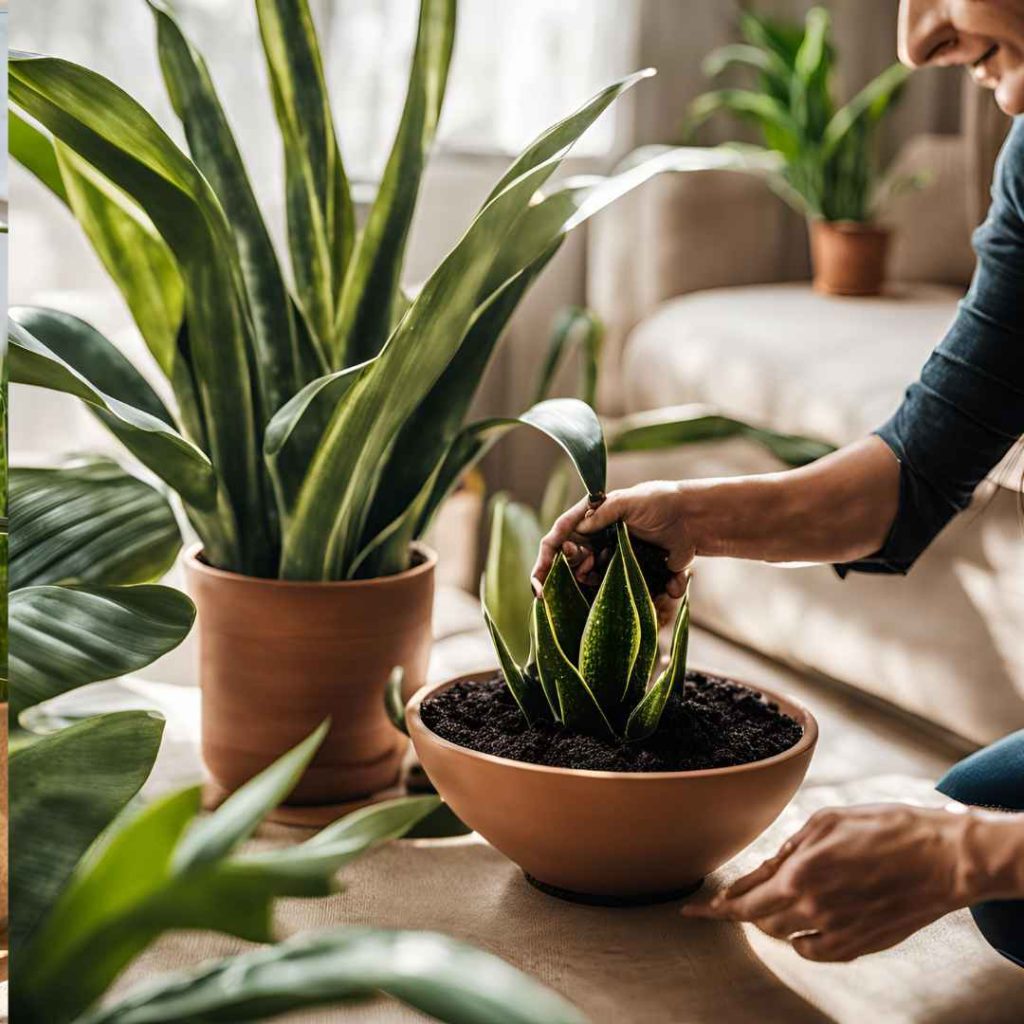
In order to maintain your snake plant happy and in good condition, it may seem enticing to toss anything towards it, however in the course of time, this might be quite harmful to the snake species. Gardeners firmly advocates for a verified,
” fewer equals greater” policy regarding the consumption of fertilizers. nourish cautiously because overfertilization might be harmful. There is plenty of growth already.
Ignoring Dust:
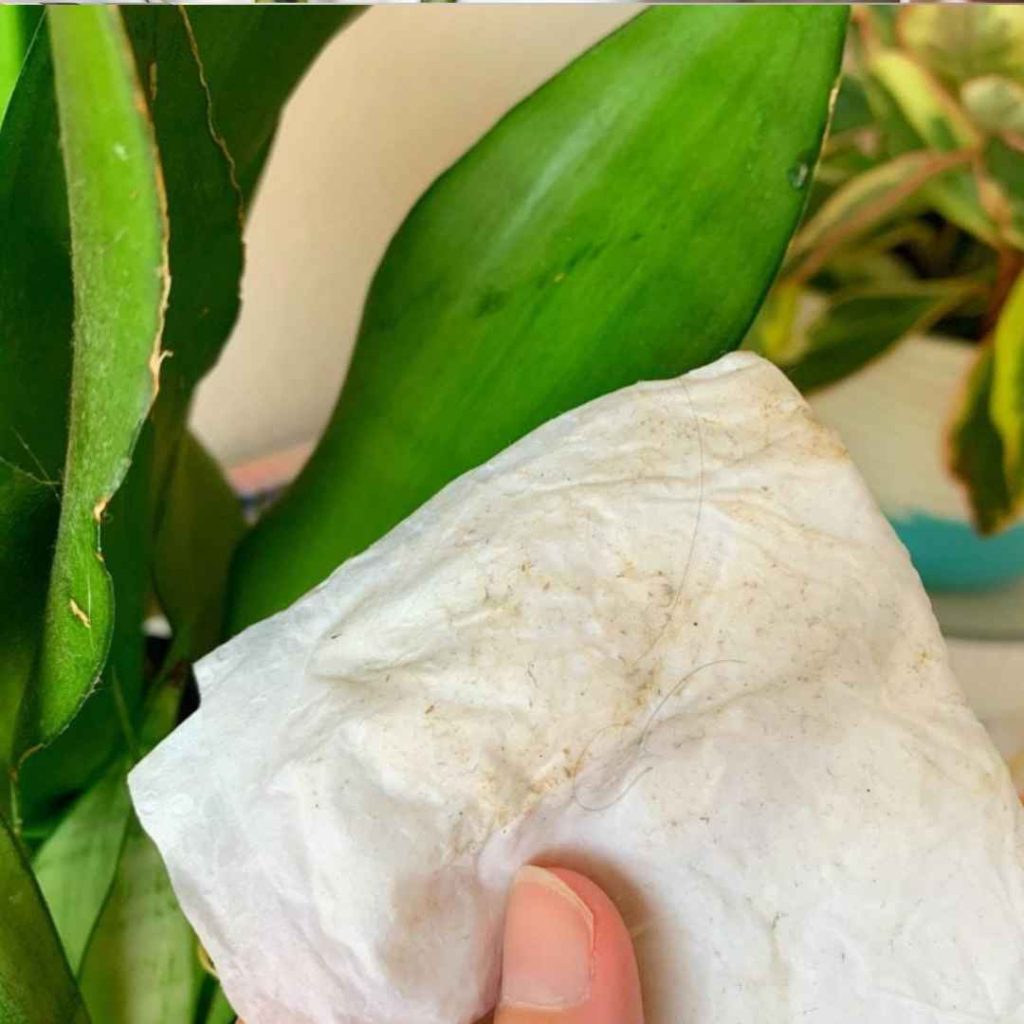
Whenever designing utilizing vegetation people may not initially understand how vital it is for you to remove debris onto the foliage. With their broad, sword-like branches, snake plants—also called mother-in-law’s tongue—make it effortless to understand why they might turn into a haven for mites that collect dust. In order to maintain foliage completely free of particles, clean leaves with a moist towel.
Chilly Circumstances:

It ought to appear as expected that snake vegetation prefer locations with higher temperatures considering that they constitute an African native species.
whereas it could seem appealing to place your snake plant alongside the wall for exhibition, it points out that doing so might not represent the best option for the vegetation in years to come, especially during wintertime. In the colder months, relocate them distinct from window openings because they like to be heated.
Flourish Now!
Even though the snake plant is hard to eradicate, problems might still occur. Luckily, the greatest approach to maintain healthy and vibrant houseplants is to provide them with regular attention. Choose soil with adequate drainage, brilliant oblique sunlight, fertilize carefully, irrigate when the ground gets dehydrated, and replenish as needed.
The vegetation will keep going and flourish if given adequate nourishment. It’s possible to see a few flowers as well as the establishment of fresh baby stems!
